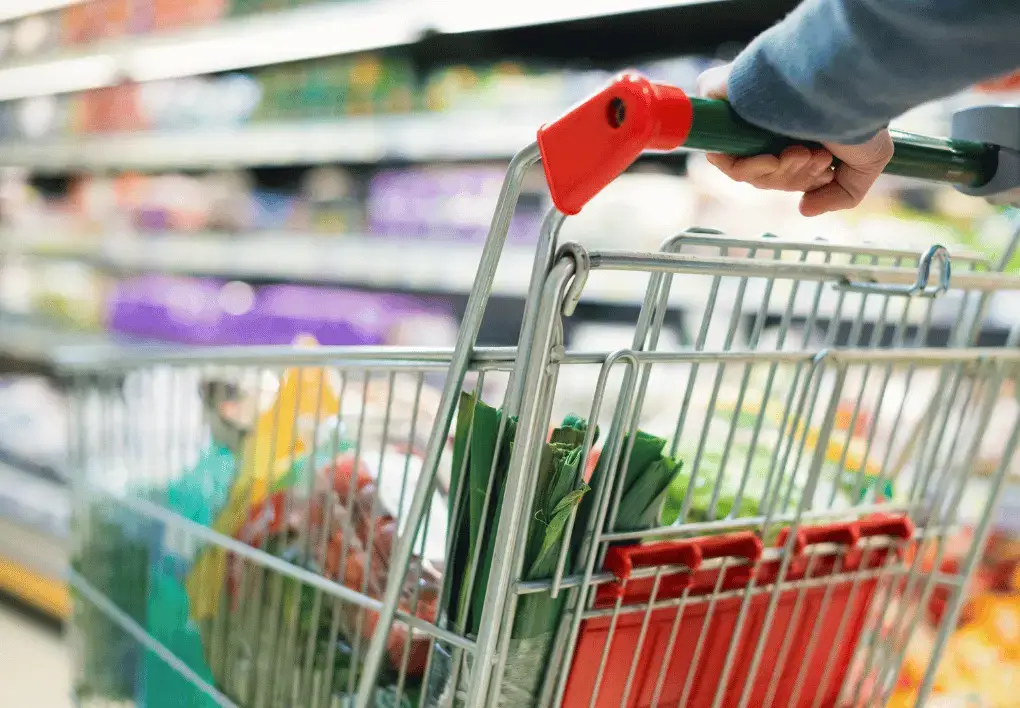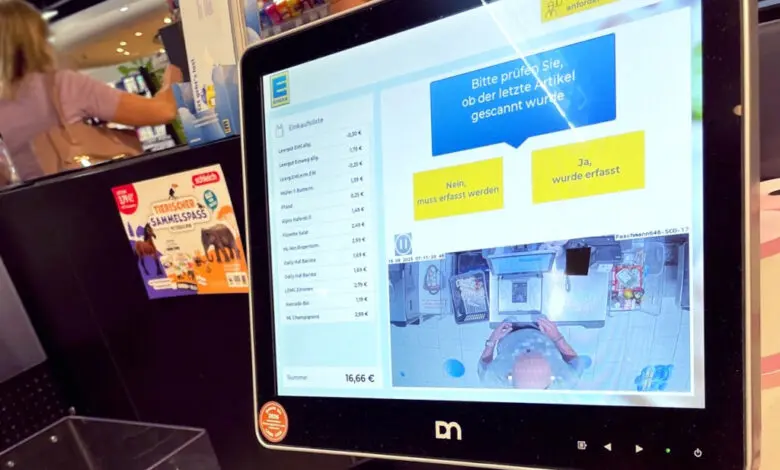Retail shrink solutions and the impact on customer shopper experience
22nd August 2023

Do retail shrink solutions harm customer experience in store?
A recent Hayes International survey reported that 81% of retailers reported an increase in shrink in 2022. As they report increasing shrink, we see a corresponding increase in ever more drastic measures to prevent shrink rising further; locked cabinets where shoppers must ask a member of staff to either open the cabinet and give them the product, or retrieve the item from the stock room, locking high value items in security cases, and tagging items with security and RFID tags. Traditional retail security devices can cost between 15-25% in sales as customers do not want to go through the hassle of queuing to get security devices removed.
NRF Retail Security Survey in 2022 reported a rise to $94.5 billion in losses, with a staggering rise of 26.5% in Organised Retail Crime in 2021 alone. Consequently, it’s unsurprising that retailers are attempting new ways to crack down on the different types of retail shrink. However, many attempts to tackle shoplifting, and organised crime, create higher levels of friction for their customers. How many times have you considered purchasing something with a security tag, only to change your mind when you see the queue at the checkout?
For customers who now need to find a store employee, and wait whilst tags are removed, this new delay in their shopping is frustrating. New restrictions, imposed by retailers to reduce shrink, agitate many customers simply trying to complete their grocery shopping.
There will always be shrink in retail. Theft by customers represents 37% of the overall shrink figure, so almost two thirds of shrink happens elsewhere. The overall goal should be to reduce shrink by an acceptable amount, whilst providing an environment that does not add excessive friction to the customer journey through the store.
Restricting access to products diminishes the shopping experience for customers in other ways. In the rush to lock up, tag up and protect products, we’re risking forgetting that shopping is not just about picking up a product and buying it (ironically hard with all the new tags and locked cabinets). The time to dwell, to browse new products and drop them in the basket on impulse are not only important to the retailer in terms of additional sales, but for customers they are the reason they are in store and not simply buying their usual products online.
Items such as toothbrushes, razor blades, cosmetics and batteries are some of the high value items frequently stolen, however with the rise of businesses such as Amazon Prime customers are not forced to queue for these items or not have them – they can simply log on and have them delivered, sometimes even the same day.
Drastic retail shrink solutions can drive customers to purchase online
One security retail device supplier estimated that locking items in cabinets or traditional security devices reduced sales by between 15-25%. At the same time, store assistants are facing mounting pressure as they cope with irritated customers, while having to manage a growing number of items requiring security packaging for shelf replenishment, and unlocking them again during checkout. Consequently, customers find themselves waiting for other customers purchases to be unlocked, or waiting for a member of staff to become available to unlock their purchases for them. The perceived additional friction, longer queuing times and frustrations lead to an inevitable hit to impulse purchases – which as we have discussed in previous articles on shrink in retail is one of the key areas where retailers can drive increases in profits.
Of course, putting high value items behind locked cabinets is not new, nor are tags on products. However, this impact on customer experience is high. For example, take cheese or deodorant. For ordinary shoppers, seeing these items locked in plexiglass or wrapped in security tags is a startling experience. Not simply because these are such commonplace items, but extreme levels of security devices in store can lead to feelings of unease and that the environment is not a safe one to shop in, which is a worrying development for retail.
Retailers have acted with speed to crack down on a shrink problem. In an article published by Fortune, a supermarket chain owner admitted to having locked up essentials such as deodorant and aspirin, doubling the number of security guards, knowing now that he has lost sales whilst reducing theft – but not sure by how much. This is a sledgehammer approach to an unknown quantity.
SeeChange powered shrink solutions can enable retailers to reduce losses, whilst also improving the customer experience in store, helping to keep customers in-store rather than shopping online. There is no doubt that shrink is a challenging area for retailers. However, excessive security devices and friction points in store will simply frustrate customers to the point of taking their custom elsewhere, including online. In a 2018 poll of American shoppers 56% stated they prefer shopping in a physical store rather than online. Yet this was contingent on the ease of finding the items they were looking for (62%) and saving time (61%).
How to manage shrink in retail
There is no one size fits all approach to solving shrink in stores. It can be easy to implement a simple solution of locking away products to reduce theft, but how long is a 15-25% reduction in sales viable for retail? Are there other ways to address the shrink without diminishing the experience of visiting a store in-person?
There will always be those with the intention to commit theft and fraud, but should every customer face higher prices, more friction, and poor customer experience because of them? It is possible to envision a different world, one where store assistants are focused on helping customers find the products they need, providing valued insights and information about different products, and not being the target of frustrations as customers wait for their products to be retrieved from a locked cabinet or the storeroom.
SeeChange Computer Vision AI solutions put customer experience front and centre, whilst simultaneously tackling the challenges retailers are grappling with. Technology solutions can help to reduce shrink. However, what if the shrink solution could additionally improve customer experience, make shopping in store faster and easier? What if it could provide valuable insights into trends and behaviour without infringing on personal data and privacy?
This is the SeeChange vision where customer experience is front and centre, while simultaneously tackling organizational challenges in a frictionless manner. There will be consequences whichever route you take to loss prevention, so why not have a chat, and see what the alternatives are.

